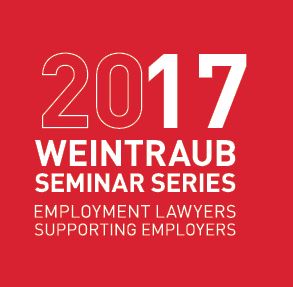Holiday Horror Series: Part 4 – HO, HO, HO! AND FA-LA-LA-LA-LA! MORE CHRISTMAS PATENTS
Published: December 16, 2016
The last time I checked (which was a couple of years ago), I found over 900 U.S. patents in the U.S. Patent and Trademark Office’s database that had the word “Christmas” in the title. Every year at this time, I look at a few of the most interesting ones.
Here’s one I really like: U.S. patent no. 5,523,741 for a “Santa Claus Detector.” This patent covers a Christmas stocking that contains a light bulb or LED, a battery to power the light, and a hidden switch that turns on the light. The switch is connected to a pull cord. When the stocking is hung on the fireplace, the pull cord is positioned across the opening of the fireplace, forming a barrier across the fireplace opening. After the stocking’s owner has gone to sleep on Christmas Eve, Santa Claus comes down the chimney with his bag of toys and triggers the cord, which turns on the light. The next morning, the child will see the light on and know that Santa was there! (Or, as the patent describes, the parent can secretly pull the cord and turn on the light.) The purpose of this invention, according to the inventors, is to reassure children that their good behavior was rewarded by Santa.
Another fun Christmas patent is the “Santa Claus Visit Kit,” U.S. patent no. 7,258,592. This kit is for parents to use to prove to their doubting children that Santa Claus has actually visited. The kit includes a stencil to leave boot prints on the floor, a letter from Santa, and a snack item for Santa. The kit is intended to alleviate children’s fears that Santa Claus might not leave them any presents.
Some very practical inventors have patents for fire extinguishers incorporated into Christmas decorations. One patent covers a fire extinguisher hidden inside the trunk of a synthetic Christmas tree that is activated by a heat sensor. Another patent is for a Christmas tree ornament that contains a fire-retardant powder. The ornament pops open when the temperature reaches a certain point, releasing the fire retardant powder and, hopefully, putting out the fire.
Have a wonderful holiday season!
Stay tuned for Part 5 of our Holiday Series



